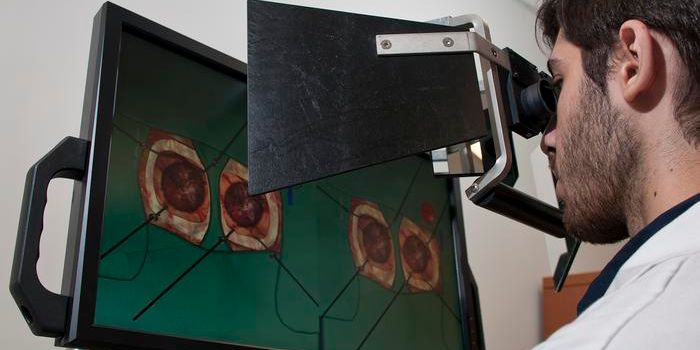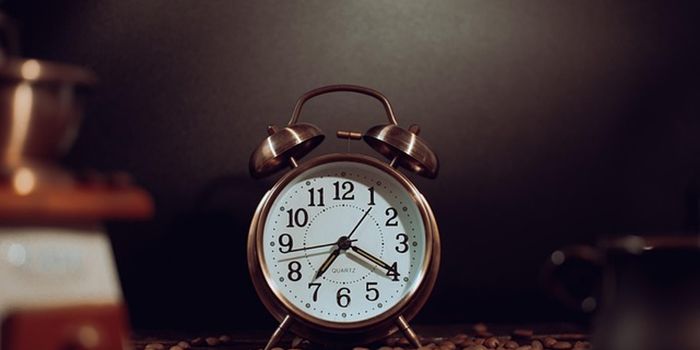Scent of Human Sweat Improves Social Anxiety Symptoms
Instead of increasing anxiety, the scent of people showed therapeutic benefits when used in conjunction with mindful medication in socially anxious individuals.
"Our state of mind causes us to produce molecules (or chemo-signals) in sweat which communicate our emotional state and produce corresponding responses in the receivers," explains researcher Elisa Vignar of the Karolinska Institute in Stockholm. She presented her preliminary work on human odor exposure and anxiety at The European Congress of Psychiatry.
While people find sweat odors to be less pleasant than non-social odors, an earlier study from 2008 showed that sweat has special properties. When a female research participant smelled perspiration that had been gathered while a male saw sexual content, the female participant's brain responded significantly different than it did to neutral sweat or non-social scents. The right hypothalamus, which is involved in sexual reproduction, as well as the right fusiform cortex, which perceives facial emotions, were highly activated.
Vignar and colleagues sought to understand how the stimuli of other humans might affect a person with social anxiety. Social anxiety is more than just being shy. It encompasses significant discomfort and fear of being watched or judged by others. Whether general or specific, these phobias prevent individuals from engaging in social activities and interactions.
This study did not collect sex-associated sweat. Study volunteers had their sweat collected while they watched clips from the horror movie "The Grudge" or the joy-sparking films "Mr. Bean's Holiday" and "Sister Act." Researchers presented this sweat to female participants with social anxiety symptoms while they practiced a popular meditative practice.
Mindfulness meditation involves focusing on one's settings and sensations in the moment, free of judgment.
"We found that the women in the group exposed to sweat from people who had been watching funny or fearful movies responded better to mindfulness therapy than those who hadn't been exposed," Vigna explains. Mindfulness therapy with human chemosensory exposure produced a 39% reduction in post-treatment anxiety levels, and mindfulness therapy alone produced only a 17% reduction.
"The results of our preliminary study show that combining these chemo-signals with mindfulness therapy seem to produce better results in treating social anxiety than can be achieved by mindfulness therapy alone," reports Vigna.
Researchers were "a little surprised" when the emotional state of the sweater had no significant difference in participant smeller's anxiety, suggesting any old sweat could enhance treatment.
Now that preliminary results suggest a significant effect, future work can determine more specifics. First, researchers want to determine if the source of the sweat (that of another or of the individual smelling it) affects anxiety levels pre- and post-scent-enhanced meditation.
Second, how might this effect be harnessed for medical interventions? While it might seem impossible to pair chemo-scents with e-health apps at first blush, researchers are currently mulling over the possibilities.
Third, the question of what molecule or molecules are responsible has yet to be determined. Human sweat contains over 300 known compounds, and future work might narrow down the source.
This research was conducted as part of the EU-funded Horizon 2020 project POTION or Promoting Social Interactions through Emotional Body Odours. Partnerships with Axe body spray and Yankee Candles were not disclosed.
Sources: NIMH, Journal of Neuroscience









